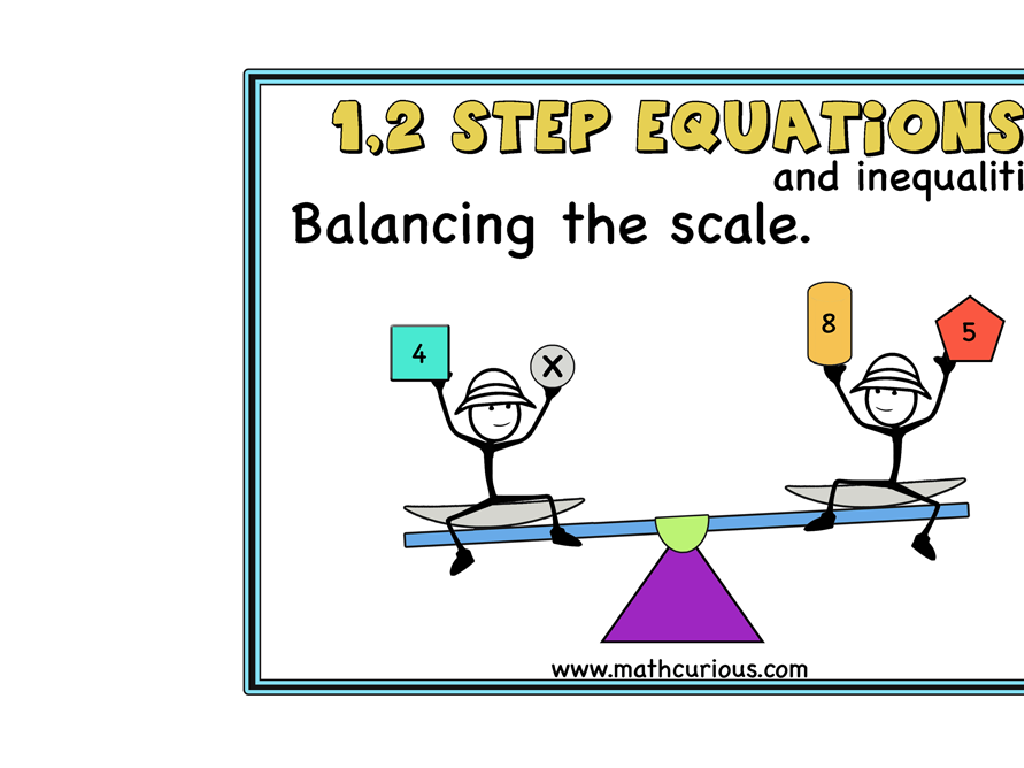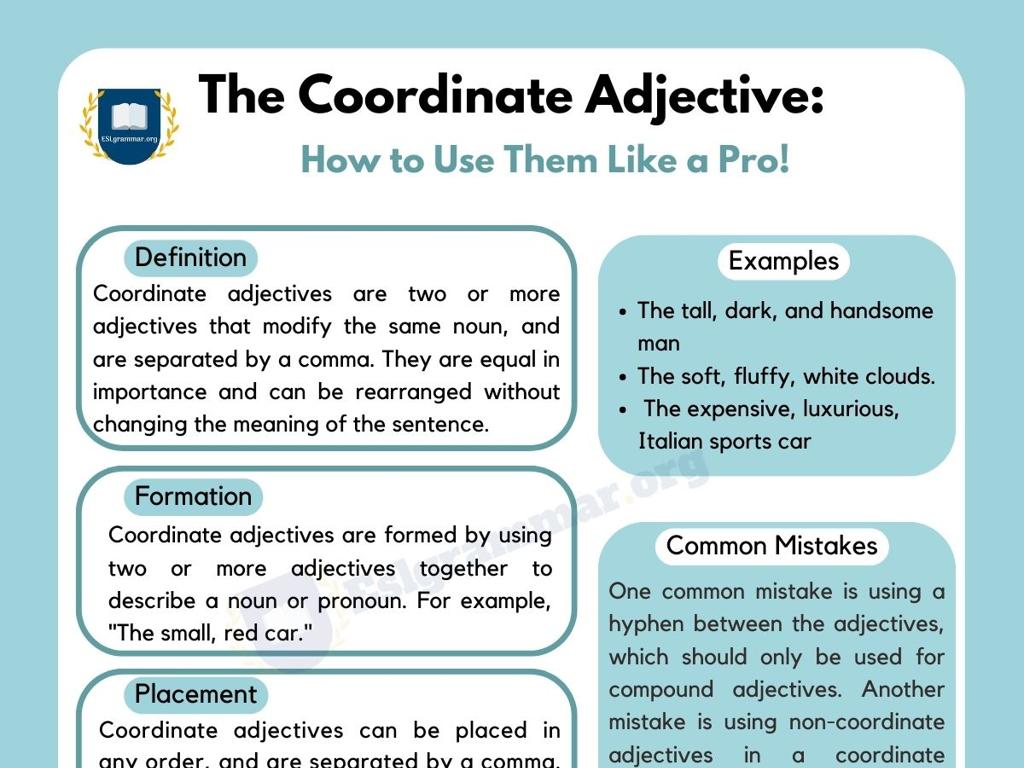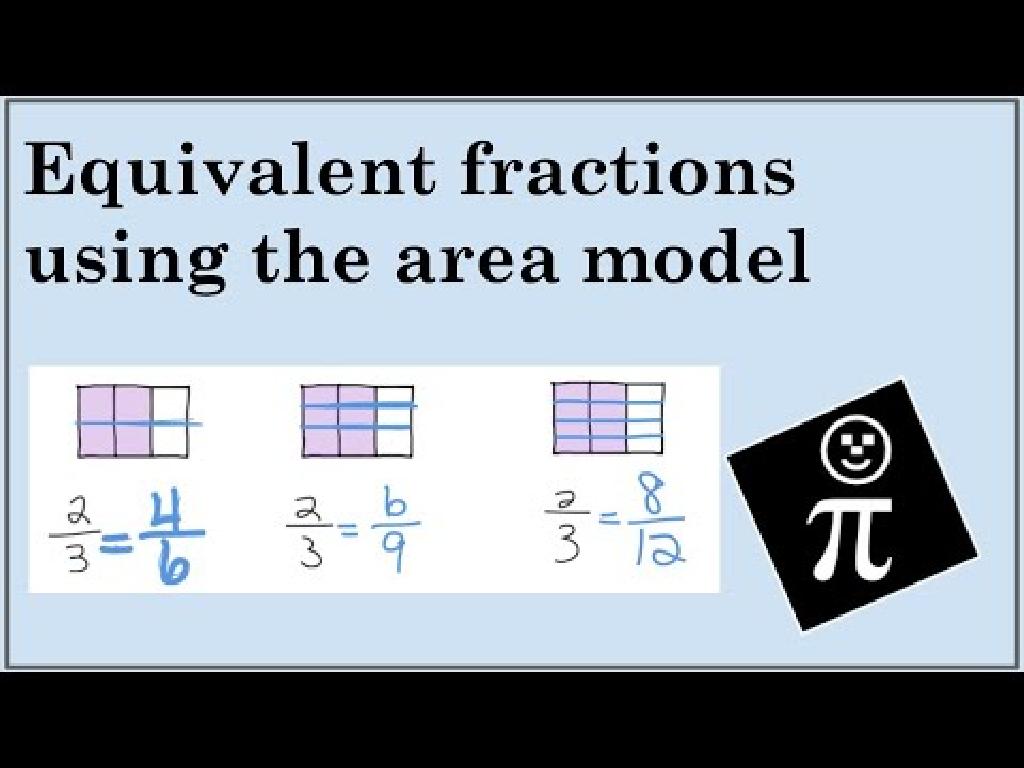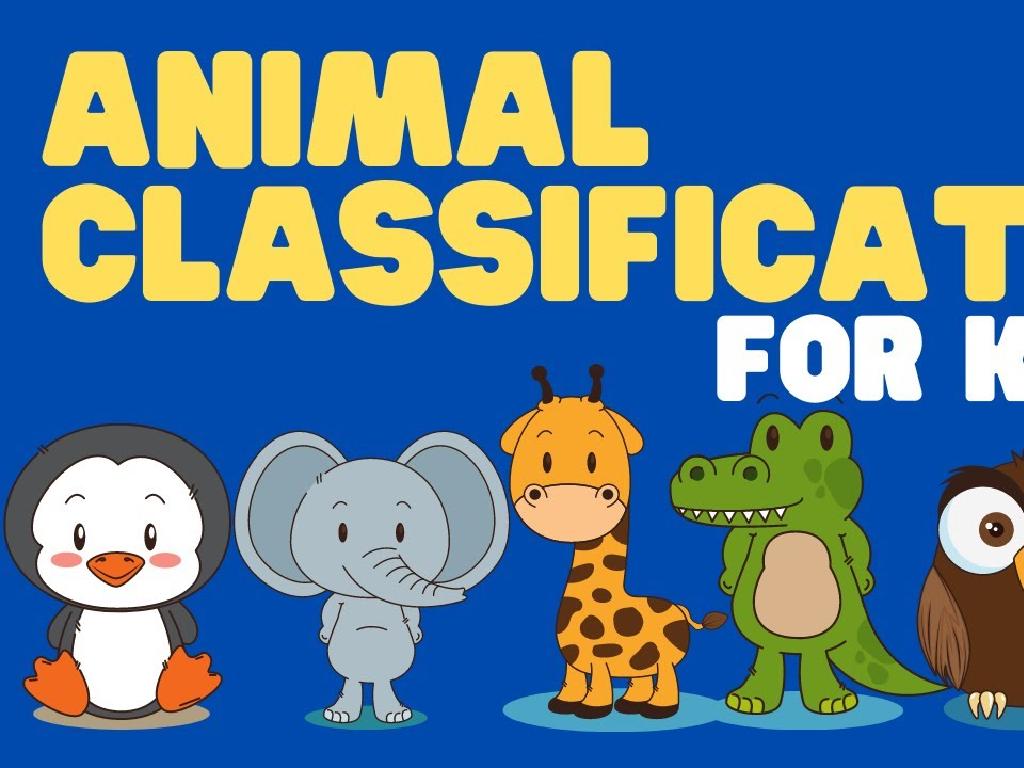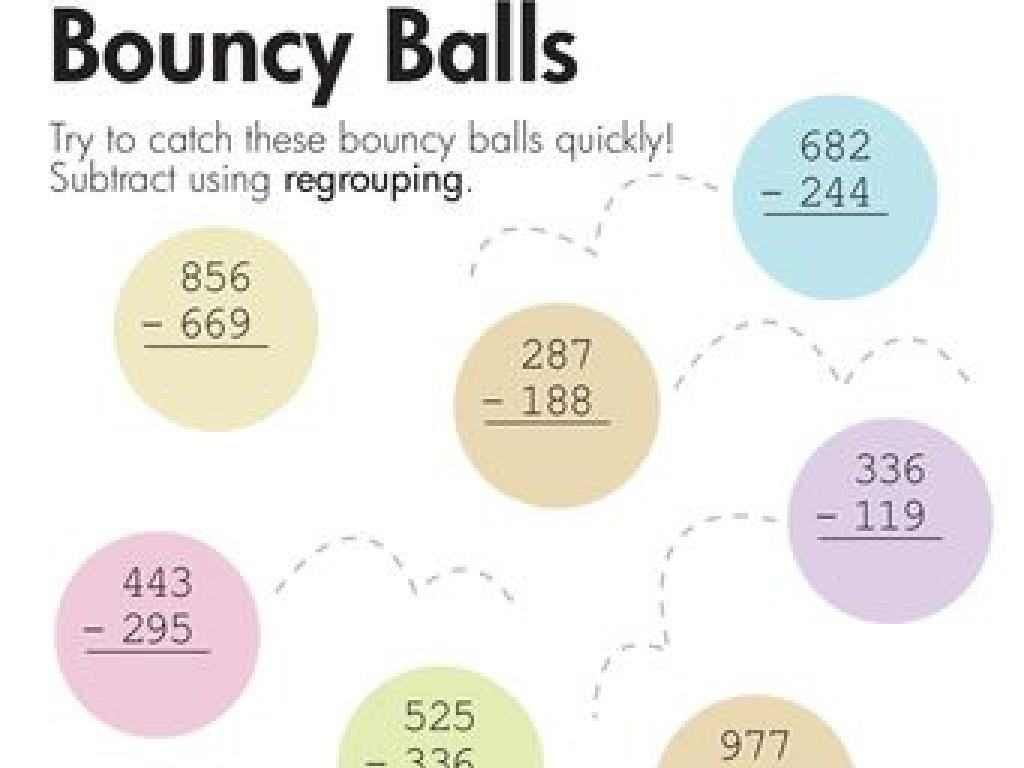Classify Objects By Three-Dimensional Shape
Subject: Science
Grade: First grade
Topic: Shapes And Colors
Please LOG IN to download the presentation. Access is available to registered users only.
View More Content
Welcome to Shapes!
– Greet the class: Good morning!
– Today’s topic: 3D shapes
– Three-dimensional shapes have length, width, and height
– Ask the class about shapes
– Encourage students to think of shapes they encounter daily
– Discuss familiar 3D shapes
– Examples: sphere as a ball, cube as a dice, and cylinder as a can
|
This slide is designed to introduce first graders to the concept of three-dimensional shapes. Start the class with a warm greeting to create an engaging learning environment. Introduce the topic of 3D shapes and explain that unlike 2D shapes, 3D shapes have three dimensions. Ask the students to name any shapes they are already familiar with to assess their prior knowledge and encourage participation. Discuss some common 3D shapes that they might already know from their surroundings, like balls (spheres), dice (cubes), and cans (cylinders). This will help them connect the lesson to the real world. The goal is to create curiosity and interest in learning about 3D shapes.
Exploring 3D Shapes
– 3D shapes have depth
– Unlike flat shapes, 3D shapes have thickness
– Cubes, spheres, cylinders
– A dice is a cube, a ball is a sphere, a can is a cylinder
– 3D shapes are all around us
– Recognizing 3D shapes
– We can find 3D shapes at home, in class, outside
|
This slide introduces the concept of three-dimensional shapes to first-grade students. It’s important to differentiate between 2D flat shapes and 3D shapes by emphasizing that 3D shapes have depth – an additional dimension. Provide tangible examples that children are familiar with, such as a cube resembling a dice, a sphere as a ball, and a cylinder as a can. Encourage students to observe their surroundings and recognize these shapes in everyday objects. This will help them understand the concept of 3D shapes in a fun and interactive way. During the presentation, use physical objects to demonstrate the shapes for better understanding.
Meet the Cube: A 3D Shape
– A cube has 6 square faces
– Each face of a cube is a perfect square
– Cubes resemble dice or blocks
– Common objects like dice are cube-shaped
– Counting cube faces together
– We’ll count the faces as a class activity
– Understanding cubes in daily life
– Recognize cubes in objects around us
|
This slide introduces the cube, a fundamental three-dimensional shape, to first graders. Start by explaining that a cube has six faces and each face is shaped like a square. Use familiar objects such as dice or toy blocks to help students visualize a cube. Engage the class by counting the faces of a cube together, either using a real cube or a representation of one. Emphasize the cube’s presence in everyday life and encourage students to identify cube-shaped objects in the classroom or at home. This activity will help solidify their understanding of three-dimensional shapes and how to classify them.
Meet the Sphere: A 3D Shape
– A sphere is a round shape
– It looks like a ball
– Think of a basketball or a globe
– Sphere-shaped objects in class?
– Let’s search for sphere items around us
– Understanding spheres in daily life
|
Introduce the concept of a sphere by comparing it to familiar objects such as balls that children play with. Emphasize its roundness and lack of edges or corners. Encourage the students to look around the classroom to find objects that are shaped like a sphere, such as a globe or a bouncy ball. This activity will help them recognize spheres in everyday life and understand that this three-dimensional shape is all around them. It’s a great way to make learning interactive and fun, and it helps to solidify the concept in their minds through practical observation and discovery.
Meet the Cylinder
– A cylinder has two flat faces
– It has one curved side
– It resembles a soup can
– Think of a can of soup or a soda can
– Let’s create a cylinder shape!
– We can use our hands to make a cylinder
|
This slide introduces the cylinder, a basic three-dimensional shape, to first graders. Emphasize that a cylinder has two flat ends that are circles and one curved side. Use everyday objects like a can of soup to help students visualize a cylinder. Encourage the students to use their hands to mimic the shape of a cylinder, which will help them understand the concept of a curved surface. This tactile activity supports kinesthetic learning and helps solidify the concept in their minds. During the class, you can bring in physical examples of cylinders for the students to touch and see. This will make the learning experience more interactive and engaging.
Sorting Shapes: Grouping by 3D Shapes
– Group shapes by appearance
– Sort shapes activity
– Let’s find and sort different shapes together in class!
– Cubes, spheres, cylinders groups
– Cubes are like dice, spheres are like balls, cylinders are like cans
– Learn to classify shapes
|
This slide introduces the concept of classifying objects based on their three-dimensional shapes. Start by explaining that shapes can be sorted by how they look. Engage the students in a hands-on activity where they sort various objects into groups: cubes, spheres, and cylinders. Show them examples of each shape, such as a dice for a cube, a ball for a sphere, and a can for a cylinder. Encourage them to touch and feel the objects to understand the shapes better. This activity will help them recognize and classify objects in their environment by shape. Prepare a set of common objects beforehand for the activity and ensure each student has a chance to participate.
Shapes Around Us: Finding 3D Shapes
– 3D shapes are all around us
– Spot a cube, sphere, cylinder
– Look around, can you find a ball (sphere) or a box (cube)?
– List items matching each shape
– Write down or draw items like cans (cylinders) or dice (cubes)
– Discuss shapes we’ve found
|
This slide is aimed at helping first-grade students recognize and classify objects by their three-dimensional shapes in their immediate environment. Encourage the students to observe their surroundings and identify common objects that correspond to basic 3D shapes like cubes, spheres, and cylinders. For example, a ball can be a sphere, a box might be a cube, and a can could represent a cylinder. Have the students list these items and discuss as a class. This activity will enhance their understanding of 3D shapes and help them relate classroom concepts to the real world. It’s a practical exercise that combines visual learning with interactive participation.
Class Activity: Shape Hunt
– Let’s go on a Shape Hunt!
– Find objects matching 3D shapes
– Look for cubes, spheres, cylinders, etc.
– Walk around the room carefully
– Always ask before touching
|
This activity is designed to help students recognize and classify objects based on their three-dimensional shapes. Before starting, review the names and characteristics of 3D shapes such as cubes, spheres, cylinders, cones, and pyramids. Remind students to move around the room safely and respect classroom rules by asking for permission before handling any objects. Provide guidance on how to identify shapes by looking at the number of faces, edges, and vertices. For the activity, consider having different stations with examples of 3D shapes or scatter objects around the room for students to find. Possible activities could include matching objects to shape cutouts, grouping objects by shape, or even creating a chart of objects found and their corresponding shapes.
Review and Share: Shape Hunt Recap
– Share your shape hunt finds
– Discuss the most common shape
Was it a cube, sphere, or cylinder?
– Talk about tricky shapes
Some shapes can be confusing, like a cone or pyramid.
– Reflect on the shape hunt
|
This slide is meant to facilitate a discussion among the students about their recent shape hunt activity. Encourage each student to talk about the different three-dimensional shapes they found and where they found them. Ask them to identify which shape was the most common in their findings and discuss why that might be. Address any shapes that students found difficult to classify and use this as an opportunity to clarify misconceptions. This reflection helps reinforce their understanding of three-dimensional shapes in a fun and interactive way. Prepare to show examples of tricky shapes like cones and pyramids to help students visualize and differentiate them.
Celebrating Our Shape Hunt Success!
– Congratulations on Shape Hunt
– Mastery in identifying shapes
– Cubes, spheres, cylinders are now familiar
– Applaud for being shape detectives
– Keep exploring shapes around you
– Look for more shapes in daily life
|
This slide marks the conclusion of the Shape Hunt activity. It’s a moment to celebrate the students’ achievements in learning to identify basic three-dimensional shapes such as cubes, spheres, and cylinders. Encourage the children to give themselves a round of applause to reinforce their success and boost their confidence. Remind them to continue observing their surroundings to discover these shapes in the real world, further cementing their understanding. As a follow-up, consider planning activities that involve building or creating with these shapes to deepen their practical knowledge.

